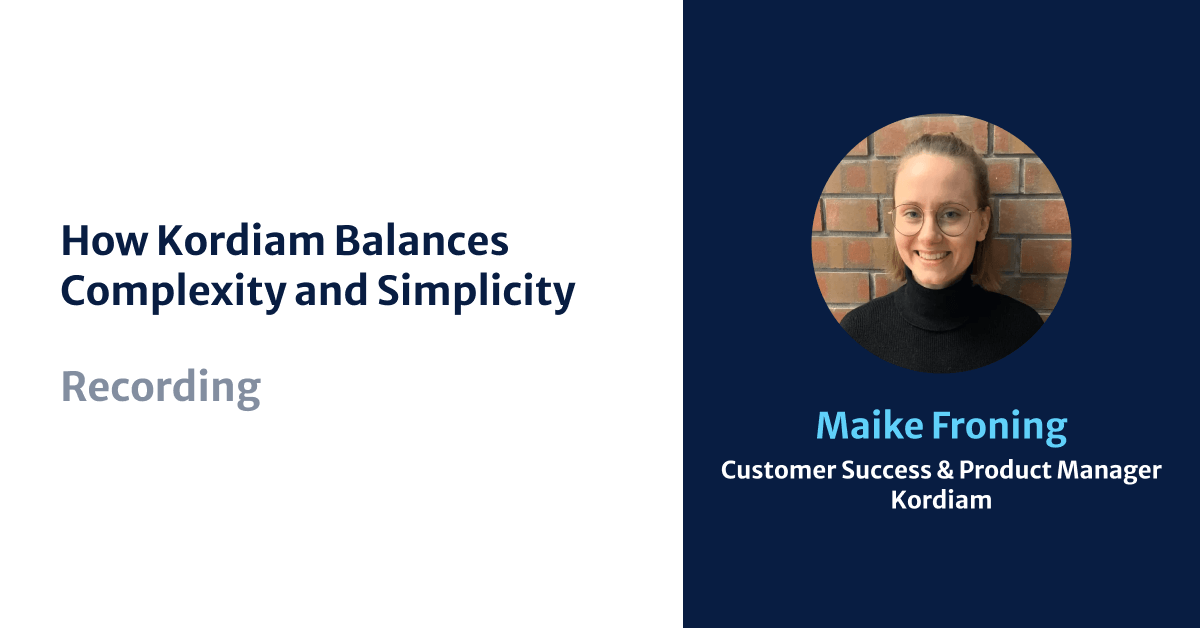Why Metadata Should Begin in Your Editorial Planner
Treating metadata as a core part of editorial planning, not just a post-publish SEO task, helps newsrooms streamline workflows, enable automation and improve content performance from the start.
When metadata begins in the editorial planner, every assignment carries the structure needed for SEO, internal linking and discoverability before a single draft is written. This makes publishing more consistent and more effective across search, social and recommendation engines.
What is Metadata in a Newsroom Context?
Metadata is structured information that tells systems what your content is about. It includes:
- Headlines, summaries, keywords and topics
- Author names, timestamps and categories
- Entities like people, places and themes
- Alt text and captions for images
- SEO titles, schema markup and internal links
Strong metadata improves discoverability, accessibility and personalisation. Poor metadata slows down workflows and weakens performance. We have had one of our customers say that every dollar invested in metadata early in the content lifecycle can deliver ten dollars in value by the end.
Why is Metadata so Critical for SEO?
Search engines cannot prioritise what they cannot understand. Metadata provides context that tells Google what your story is about, how timely it is and who it is for.
Optimised metadata supports:
- Ranking in Google News, Top Stories and featured snippets (SearchAtlas)
- Higher click through rates from clear titles and summaries (SalesHive)
- Rich results through schema markup such as NewsArticle and ImageObject (Sourcefabric)
- Future readiness for AI driven search and generative platforms.
When Should Metadata be Added?
When you add your story to your editorial planning. Waiting until after publishing creates rework and weakens SEO signals. Early capture means every story is optimised before it even goes live.
Practical approaches include:
- Capturing tags and entities during assignment or drafting
- Using CMS plugins that suggest metadata while writing
- Automating recurring items such as alt text or internal links
Adding metadata fields to your editorial calendar or planning tool helps clarify intent early, align headlines and tags with audience needs, surface similar stories that have worked before, assign the right format based on past performance, and feed content into SEO tools or CMS templates with fewer gaps.
What Kinds of Metadata Should Newsrooms Focus on First?
Not all metadata has equal impact. Start with what drives discoverability and audience value.
Focus on:
- SEO-friendly headlines and standfirsts
- Keywords and topic tags that reflect user search intent
- Schema markup that supports structured content
- Alt text that improves accessibility and image indexing
- Internal linking to high-performing and related articles
What Tools can Help Automate Metadata in an Editorial Workflow?
Most newsrooms are already overloaded with tools. The goal is not to add more, but to make sure the ones you use talk to each other.
Effective automation includes:
- CMS plugins that suggest SEO headlines and alt text in real time
- Tagging engines that extract people, places and topics from story drafts
- Internal link recommenders that prioritise relevance and performance
- APIs that centralise metadata across brands and publishing tools
In one internal pilot with one of our customers, auto-suggested SEO headlines using live keyword signals increased homepage click-through rates by 7.1 percent, showing how structured metadata drives audience engagement.
How Does Metadata Improve Internal Linking?
Manually adding internal links is tedious and often skipped, but the payoff is real. Search engines reward links to relevant, timely content. Readers benefit from smoother navigation and deeper engagement. The problem is scale.
That’s where smart internal linking comes in.
Using metadata and real-time performance data, some newsroom tools can now:
- Scan a story draft for context and tagged entities
- Suggest links to high-performing related articles
- Rank those links by traffic, recency and editorial relevance
- Surface them directly inside the editing interface for quick review
- Insert or approve them with a click or fully automate where appropriate
One of our customers is already using a metadata-powered plugin built into WordPress, backed by an internal API. It shows the best-performing link candidates in context, so journalists can choose what to keep or change without leaving the draft.
Instead of relying on memory or manual search, journalists are supported with actionable link recommendations at the point of writing.
Is Alt Text Only About Accessibility?
No. Alt text improves accessibility, but it also has a clear SEO benefit. It allows search engines to interpret images and surface them in image search results. It can also boost the relevance signals of the full article.
Best practice includes:
- Writing contextual alt text that describes the image’s role in the story
- Avoiding reuse of captions as alt text
- Using structured image metadata to differentiate maps, photos, and illustrations
What Should Newsrooms do Next?
Start with what’s most actionable.
- Audit current metadata practices in your CMS
- Identify what is being captured too late or inconsistently or not at all
- Prioritize fixes that improve SEO, internal linking and alt texts
- Roll out automations inside your existing workflows
- Use performance data to refine headline, tagging and linking strategies
- Train your editorial teams to understand the upside of doing this right
Metadata is a Strategy, Not an Afterthought
When metadata starts early in your workflow, it becomes part of how your newsroom plans, writes and publishes. It shapes how stories are discovered, shared and surfaced by search engines and platforms.
Metadata drives discoverability and if your newsroom wants to reach the right audience at the right time, this is where the work begins, with clear strategy, consistent tagging and a few smart tools to support it.

